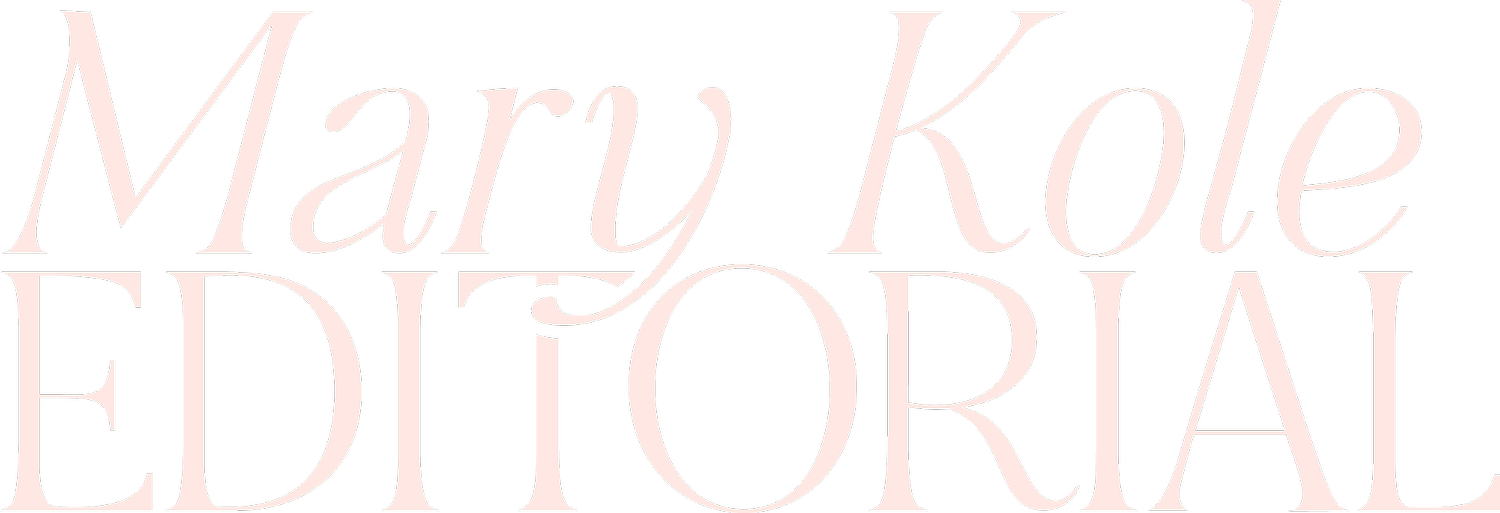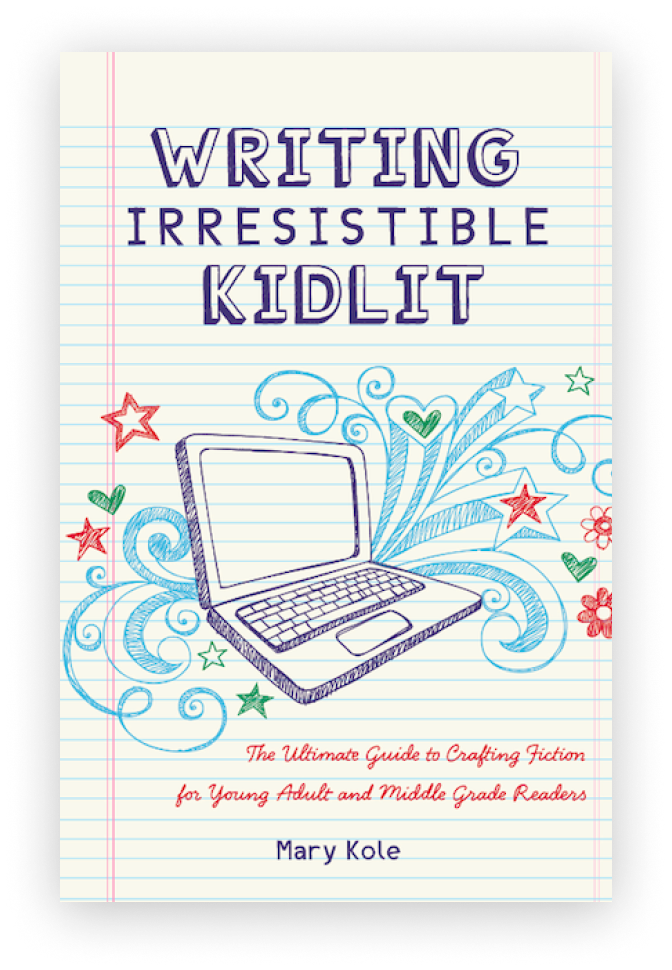Secrets to a Juicy Story Obstacle
By Mary Kole
Mary Kole is a former literary agent, freelance editor, writing teacher, author of Writing Irresistible Kidlit, and IP developer for major publishers, with over a decade in the publishing industry.
Aspiring writers know how difficult it is to craft a story that keeps readers engaged from the first page to the last. One of the most challenging aspects of writing a compelling story is creating a story obstacle chain for your characters that maintains tension and excitement throughout your plot outline. A well-crafted story obstacle can make or break each moment of your story, so it's essential to understand what makes one work and how to execute it for maximum emotional impact. In this article, I’ll dissect the inner workings of a story obstacle, the ingredients that make up a compelling obstacle, and the common mistakes writers make when crafting these special plot points. By the end of this article, you'll have the tools to create an irresistible story obstacle that will keep readers turning the pages.
What is a Story Obstacle?
A story obstacle is anything that stands in the way of your character achieving their objective (or goal). The story obstacle can represent external conflict, such as a physical challenge or a complicated situation with secondary characters. It can also reflect internal conflict, such as dealing with self-doubt or the fear of failure. Regardless of the type of story obstacle, it needs to create tension and push the character to change and grow in their character development throughout the story. A story without obstacles is a flat story that lacks tension and stakes, and readers will quickly lose interest. To keep your target audience engaged, you need to give your protagonist something worth fighting for.
the Ingredients of a Story Obstacle
A good story obstacle consists of several key ingredients. First and foremost, the story obstacle must be specific, clear, and defined. The harder it is for the character to overcome, the better, though tension does tend to flatten if you make your story obstacle impossible to achieve. The obstacle should have a sense of urgency, so readers can feel the tension building as the narrative progresses to the story climax. Additionally, a good obstacle should be connected to the character's internal and external goals and motivation. This connection creates complexity and allows readers to understand the character's reasons for doing what they’re doing, as well as any underlying character need operating below the surface. By building a well-crafted obstacle, writers can create dynamic characters that are unique and engaging.
The Intersection of Character Wants and Needs
For a story obstacle to work, it must align with the character's wants and needs. The character's wants are the external goals they strive to achieve, while their needs are the internal flaws and conflicts they must overcome or transform in order to grow and change. A well-crafted obstacle will force the character to confront both their wants and needs, and a story obstacle should be present in most plot points. By doing this, you can create an emotional journey for the character and the reader, who is ideally resonating with the character’s growth arc. Each story obstacle then becomes more than just a hurdle to clear—it offers up a moment of growth and transformation for the character.
An obstacle can also arise from the relationships between the protagonist and other characters, especially the antagonist. Relationships are powerful tools for creating obstacles because they add a layer of emotion and complexity to the story. By introducing interpersonal conflicts, writers can create tension and drama that keeps the story moving forward, as long as it always ties back into what matters to the characters. Once you keep this in mind, you will not only add conflict but a sense of stakes as well. A well-written obstacle that arises from character relationships can deepen the reader's understanding of the characters and what keeps them pushing forward in your plot.
To execute a story obstacle for maximum emotional impact, writers need to consider two key elements: character and action beats. Character beats are the emotional moments in the story, where the character experiences change or growth and internalizes it using the tool of interiority. Action beats are the physical moments in the story, where the character takes action to overcome the story obstacle or makes an active decision that will push their arc forward. The best story obstacles play with both character and action beats, creating an emotional journey that the reader can invest in.
Common Story Obstacle Mistakes
One of the most common mistakes writers make with their story obstacles is making them too easy to overcome, or too hard. They should be challenging to your character, but not impossible. The best story obstacles challenge the character and force them to change and grow. Forcing the character to overcome easy obstacles will not create a compelling story. Another mistake is making the obstacle too generic or disconnected from the character's wants and needs. If it’s a random even for your character to react to, you risk making them a passive protagonist. Finally, overusing obstacles or creating too many obstacles can make the story feel overwhelming and convoluted, especially if you don’t offer your main character an opportunity to triumph at least some of the time.
Crafting a story obstacle is critical to creating a compelling and engaging story. Understanding what a story obstacle is, the ingredients of a story obstacle, how a story obstacle intersects with character goals, how character relationships can create obstacles, and the character and action beats expected to execute a story obstacle is just the beginning. By avoiding common mistakes, writers can create obstacles that keep readers engaged, invested, and turning the pages. With these writing tools in hand, stay confident in your use of the story obstacle, and continue to craft unforgettable stories that will leave a lasting impression on your readers.

Click here to purchase Writing Irresistible Kidlit, my book on fiction craft for MG and YA novels, out from Writer's Digest Books. This will show you my writing craft philosophy and give you lots of valuable advice, including tips for the novel revision process and self-editing. There are over 35 example novels cited and discussed throughout. It’s a valuable resource for any writer’s toolkit.
Click here to purchase Irresistible Query Letters, my book on query letters, including over forty examples with comprehensive notes on each one. There’s a ton of submission advice, best practices, and insider information in these pages, and you’ll really enjoy seeing what other writers are doing in the slush.
Click here to purchase Writing Interiority: Crafting Irresistible Characters, my book on interiority and character creation. Explore your protagonist’s thoughts, feelings, reactions and interpretations, expectations, and inner struggles to create a rich, immersive experience. This guide will empower you to create characters who live and breathe on the page, fostering an unbreakable bond with your audience.





